
Help collect important data while competing for great prizes!
Fishery managers need help understanding which invasive species are being caught and where to support the science based management of our natural resources.
Anyone can enter. CCA Members are eligible for additional prizes. Check your status and make sure your membership is current. Not a member yet? Become a CCA Member today.
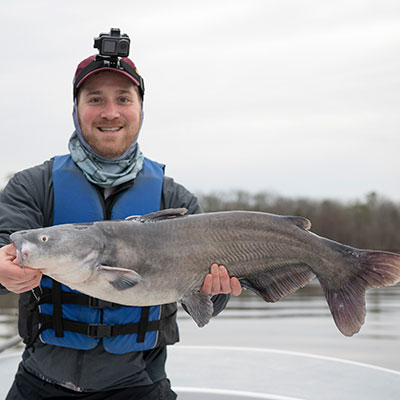
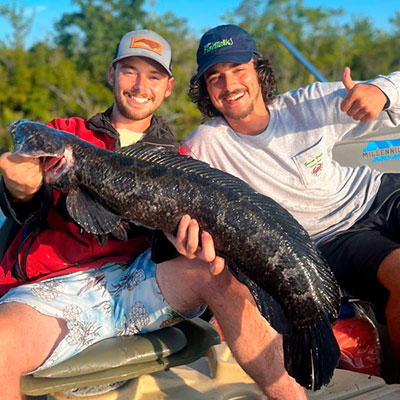
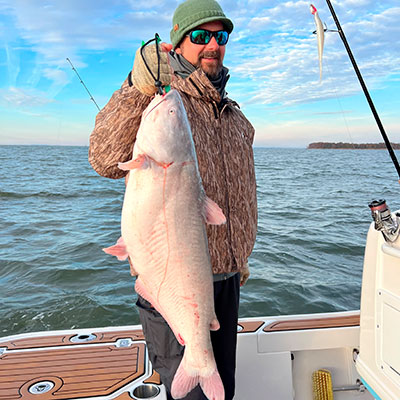
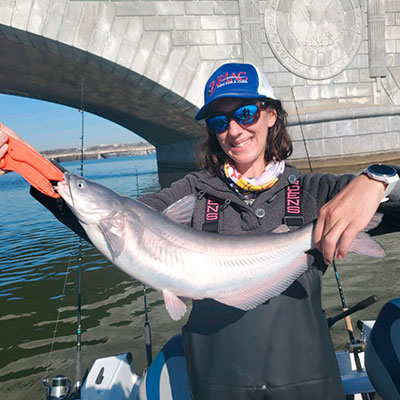
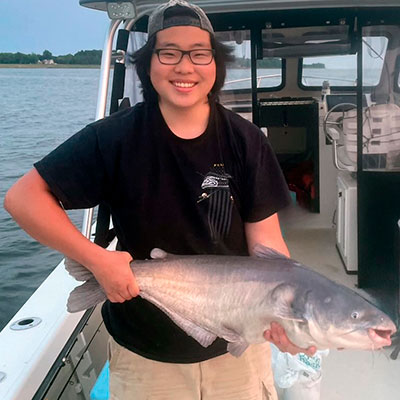
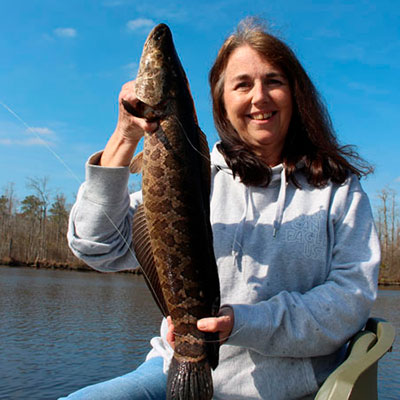
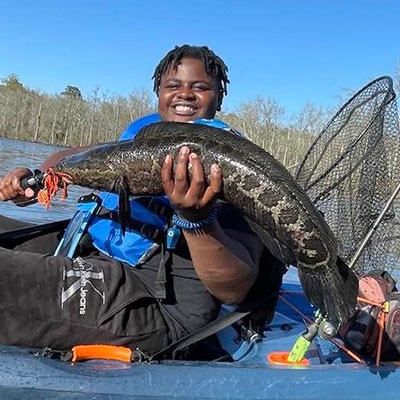
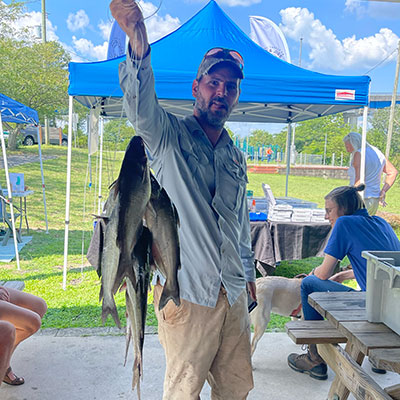
3 Steps to Participate
Maryland DNR, USFWS, and other management agencies will use the data of what you're seeing on the water.
Register Today
Complete registration. You'll receive a confirmation email with detailed next steps and the iAngler tournament link.
Log Your Catch
Create an iAngler account and download the iAngler mobile app to start fishing & log your catch! (location and one or more of the following data points: total length, weight and stomach contents)

Live Monthly Drawings
FishTalk Magazine will present live prize drawings at 6pm on the first Thursday of each month. You have multiple chances to enter.
If you need assistance with logging into your existing account or have any other registration issues, please contact us via email. Or for more immediate support please send a text to David Sikorski @ (443) 621-9186.
What Invasive Species Should You Target?
(Click to expand)

Introduced into the Chesapeake in the early 2000s, Northern Snakehead (Channa argus) like shallow, warm water with vegetation and submerged trees for cover. They boast a mottled pattern that looks similar to a python, and have a round head and large, prominent teeth. Much has been made of the fish’s introduction and status as an invasive species. Many scientists agree that more research will be necessary to determine any negative environmental impacts of the snakehead species introduced into the United States. Regardless, these transplants from Asia have spread throughout the Chesapeake Bay watershed with their populations continuing to increase. They are big, aggressive, strong, and delicious, making them a prime species for sport fishing.

Blue Catfish are long and often slender with a deeply forked tail. A distinguishing feature of the blue catfish is that the anal fin margin, or edge, is straight as if it has been clipped with scissors. All other catfish species have rounded anal fins.
Blue catfish are typically a bluish, gray color on top with a silvery or white underside. They are the largest of the catfish family in North America and can attain weights in excess of 100 pounds. The Maryland state record blue catfish is 84 pounds.
As an introduced species, blue catfish are now commonly found in the tidal Potomac River and some of the other tributaries of the Chesapeake Bay. Studies are currently underway to determine their impact on other aquatic species.
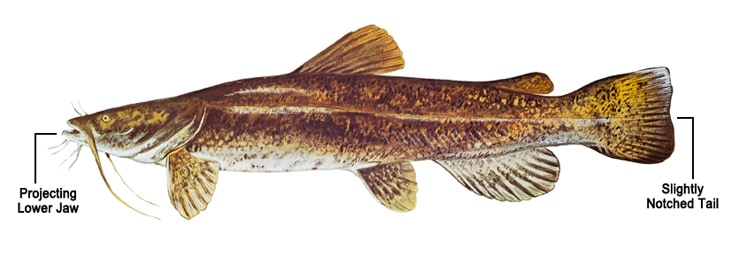
Flathead differ greatly in appearance from most other catfish species. Flatheads have a squarish tail, sometimes slightly notched. Their backs and sides are often an olive or light brown color with darker mottles or specks. Their bellies are often white or pale in color. Their heads are compressed, or flattened, and they have a protruding lower jaw. Flathead catfish can reach sizes in excess of 100 pounds but much smaller specimens have been encountered in the Chesapeake Bay region.
Flathead are an introduced species and are currently found in only a few places in the Chesapeake Bay; the Potomac River, Upper Bay, Elk and Sassafras Rivers.
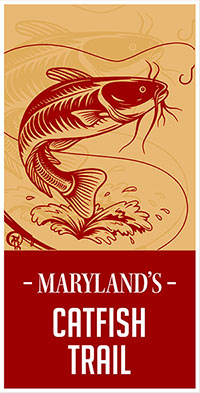
Maryland's Catfish Trail
Discover Maryland’s Catfish Trail, brought to you by Fish & Hunt Maryland. This trail serves as a comprehensive resource hub, providing valuable insights into these invasive species, expert advice for successful fishing, identifies prime fishing locations across the state, recommends charters and guides, and shares mouthwatering recipes to make the most of your catch. Join us on Maryland's Catfish Trail, where conservation meets culinary exploration, and together, we can make a positive impact on Maryland's waters.
FishTalk Magazine's

Winners will be drawn on the first Thursday of each month during Lenny’s 6pm interactive live stream, Live with Lenny. Fish Talk’s Angler in Chief, Lenny Rudow, discusses various seasonal fishing tips and tricks for targeting a variety of fish species. You can comment and ask questions in real time, too!
Cover Contest Alert
Make sure you’re taking great pics of your catfish catch, in portrait mode, so that you can enter for a chance to be on the cover of FishTalk’s November Edition.
Sponsors & Promotional Partners


FishTalk Mag

All Tackle

Engel

Marucci Sunglasses

Annapolis Boat Shows

